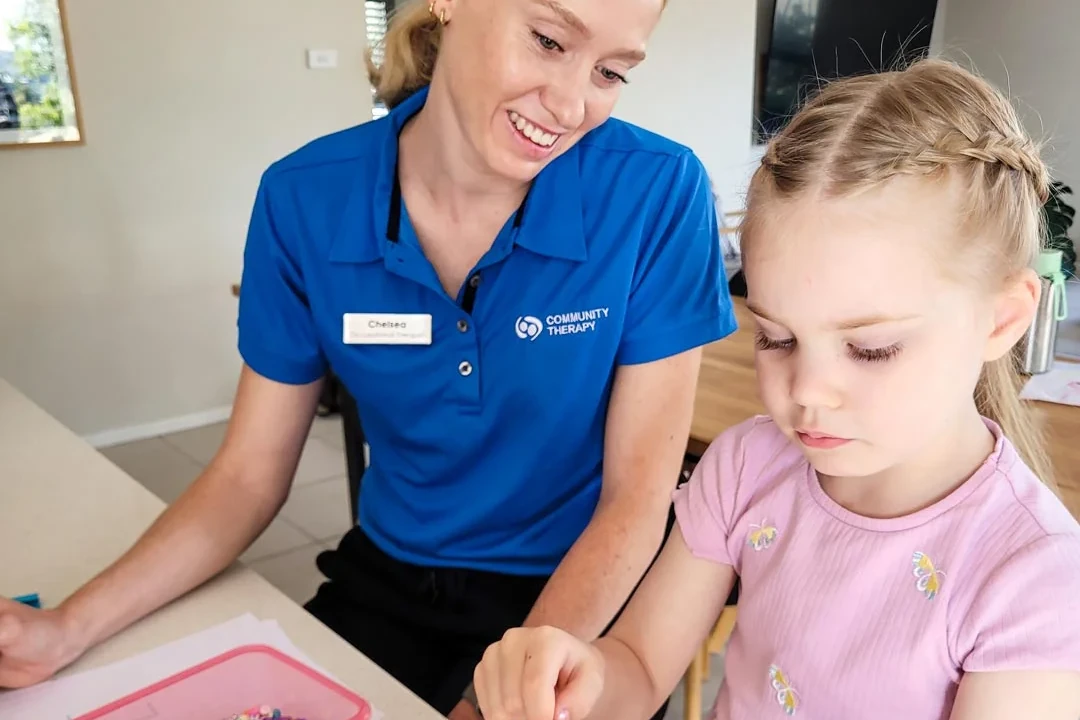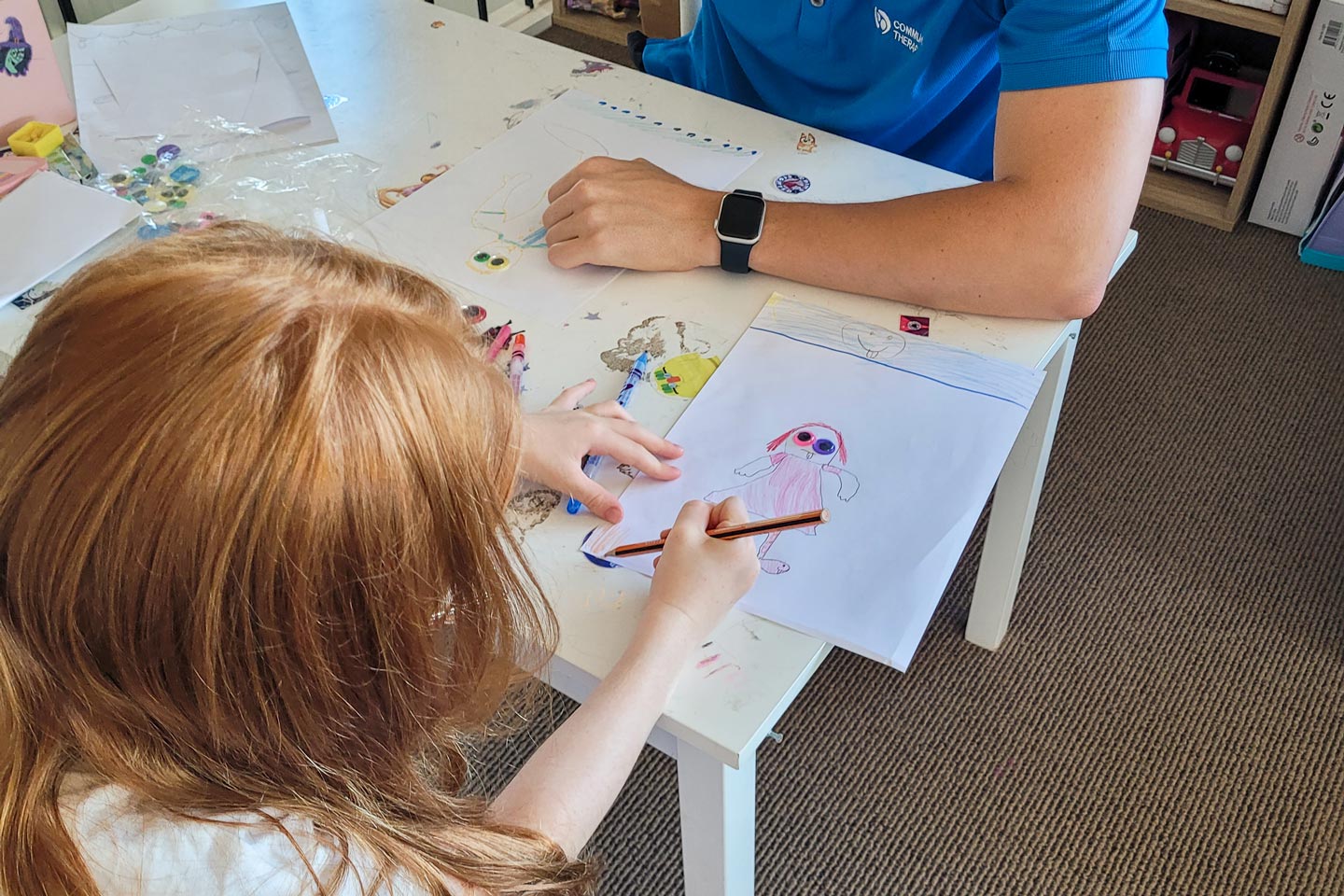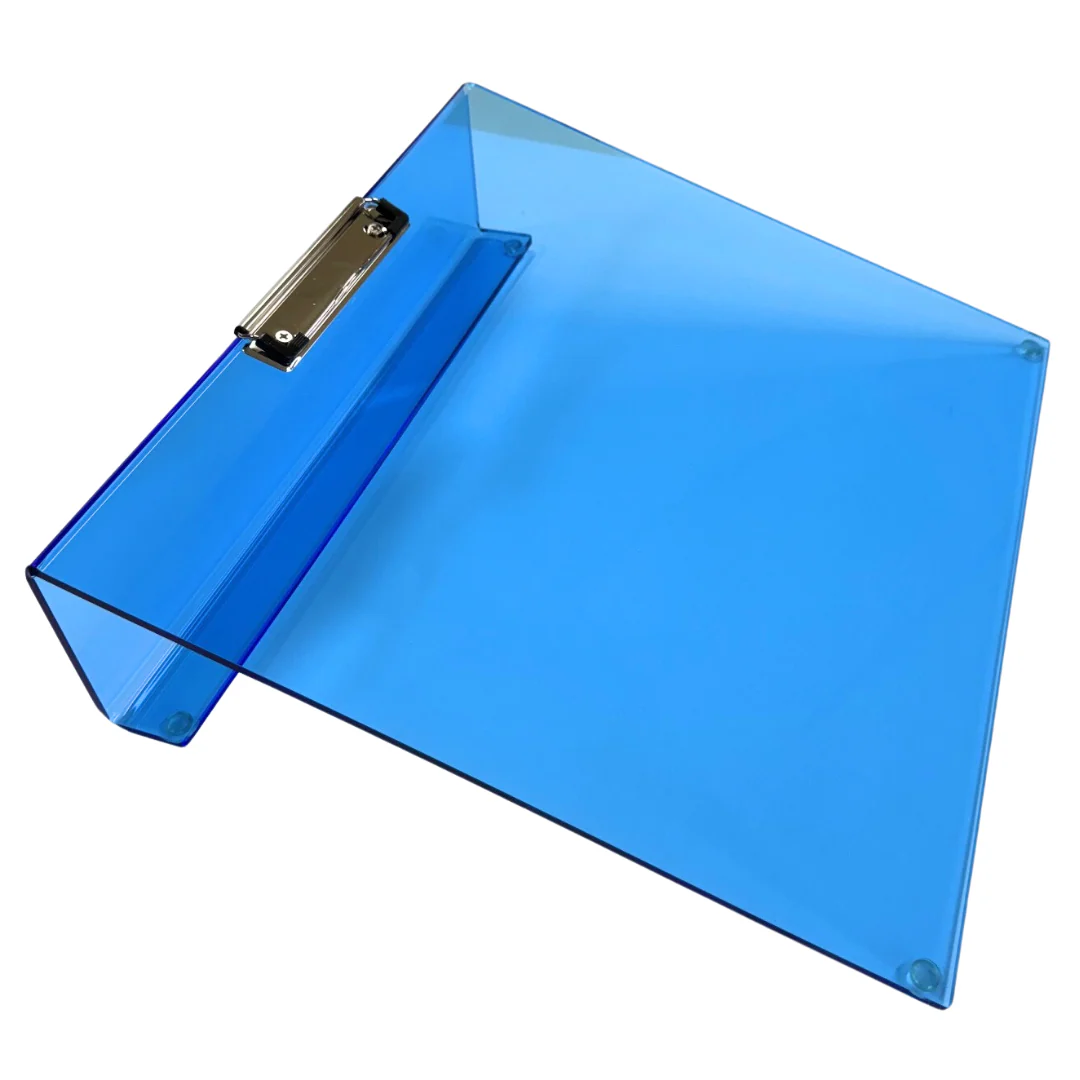Handwriting Occupational Therapy
Handwriting is a foundational skill for success at school, but for many children, it can be a source of stress, frustration, or confusion. If your child finds handwriting difficult, you’re not alone.
At Community Therapy, we frequently support families across the Central Coast and Hunter New England regions with handwriting-related concerns. Whether it’s difficulty forming letters, holding a pencil, or simply keeping up with writing tasks in class, our occupational therapists are here to help.
On this page, we’ll explore some of the most common handwriting challenges, how to identify them, and how occupational therapy (OT) can provide meaningful support.

NDIS Registered Provided Since 2017
Receiving audits by SAI Global
Experienced OTs Across Central Coast and Hunter
Receive professional and prompt support in your home or school
Convenience and Short Wait Times
We have a large local team of therapists
Why Do Some Children Struggle With Handwriting?
There are a number of reasons why a child may find handwriting challenging. For many, the root cause lies in developmental delays, which can affect their ability to plan, coordinate, or execute the fine motor movements required for writing.
Some of the most common contributing factors include:
- Fine motor delays – Difficulty with the small, controlled movements of the fingers and hands.
- Poor grip strength – Limited hand and finger strength to maintain a writing posture over time.
- Visual-motor integration difficulties – Trouble connecting what they see with how they move their hand.
- Motor planning challenges – Difficulty sequencing the steps needed to form letters or words.
- Low task comprehension – Not fully understanding what’s expected when asked to complete a writing activity.
These issues can lead to handwriting that is slow, messy, illegible, or simply frustrating for the child to complete. But, there’s a lot that can be done!

How Can Parents Identify Handwriting Concerns?
Sometimes, handwriting difficulties are first flagged by early childhood educators or school teachers, especially once a child has begun preschool or kindergarten. These educators have experience with developmental milestones and are often the first to notice when a child is not progressing at the expected level for their age.
Parents may also observe concerns themselves, particularly if their child is:
- Avoiding drawing, colouring, or writing
- Holding pencils awkwardly or with excessive pressure
- Becoming distressed when asked to complete handwriting tasks
- Struggling to keep up with peers during classwork
- Using improper or inconsistent letter formation
If you notice these signs—or if someone else raises a concern—it’s never too early to seek support.

What Does a Handwriting Assessment Involve?
When you engage with Community Therapy, an occupational therapist will conduct a comprehensive handwriting assessment tailored to your child’s age and developmental stage.
This process may involve:
- Observing your child’s grip and posture
- Assessing fine motor control and hand strength
- Examining letter formation, spacing, and alignment
- Evaluating your child’s ability to copy from a board or model
- Identifying underlying causes for delays, such as sensory processing or visual perception issues
Our therapists bring extensive experience in identifying age-appropriate handwriting benchmarks and using evidence-based tools to assess your child’s individual needs.

When Is the Right Time to Seek Support?
The simple answer is as soon as you have a concern.
Research shows that early intervention is highly effective in supporting children’s skill development—and handwriting is no exception.
Studies and meta-analyses have found that introducing handwriting instruction in the early years leads to significant improvements in legibility, fluency, and overall writing performance (Santangelo & Graham, 2016; López-Escribano et al., 2022).
The earlier a child receives the right strategies, supports, and opportunities to practise, the greater the improvement we tend to see—not just in writing, but across their confidence and independence.
Don’t feel like you have to wait for a teacher to raise the issue. If something doesn’t feel quite right, trust your instincts and reach out to an occupational therapist for guidance.

What Happens During Handwriting Occupational Therapy?
Once a handwriting assessment has been completed, our occupational therapists will develop a tailored therapy plan in consultation with you and your child. This may include:
- Targeted activities to build grip strength, fine motor control and hand-eye coordination
- E.g. Using theraputty or resistance putty to hide and retrieve small beads or buttons helps build grip strength, refine finger isolation, and promote coordination between the hand and eyes.
- Play-based exercises that make writing fun and engaging
- E.g. Creating a “letter treasure hunt” where the child uses chalk to write letters on the pavement, then uses a water spray bottle to find and “erase” the correct letters. This combines movement, fun, and writing practice.
- Tools and adaptations, such as pencil grips, specialised paper or different types of pencils
- E.g. An OT might introduce a triangular pencil grip and lined paper with raised tactile boundaries to support pencil positioning and letter formation, making writing easier and more accessible.
- Repetition and routine, with clear home-based strategies for continued skill development
- E.g. Providing a daily 5-minute “writing warm-up” routine for home—like tracing simple shapes or letters in sand, on paper, or with finger paints—to build consistency and reinforce motor memory through repetition.
We understand that handwriting practice isn’t always a ‘joyful’ activity for children, so our therapists focus on making sessions feel like play—while building confidence, competence and curiosity at the same time.


Is It Just About Handwriting?
Not at all. In fact, handwriting difficulties often go hand-in-hand with challenges in other areas of a child’s life. For example, a child struggling with fine motor skills may also find dressing, using cutlery, or managing zippers and buttons difficult.
Likewise, if a child finds it hard to focus or follow instructions, it may impact both their writing and their ability to participate in daily routines.
That’s why our therapists take a holistic approach to every assessment. We’ll explore how your child is managing across the board—at school, at home, and in their social world—and provide strategies that address the whole child, not just one isolated skill.

Common Tools and Resources We Recommend
Depending on your child’s needs, your OT may suggest tools or equipment to support handwriting development, including:
- Chunky or triangular pencils for better grip and control
- Pencil grips to promote correct finger placement
- Weighted pencils or pens to improve sensory feedback
- Slant boards or writing mats to support wrist and posture alignment
- Hand-strengthening tools, like stress balls or theraputty
- Apps or games that encourage letter formation through engaging formats
Your therapist will also provide a customised home program with easy-to-follow activities you can build into your daily routine.

You’re Not Alone
If your child is having a hard time with handwriting, it’s important to remember that this is incredibly common—and very treatable.
With the right support, most children can make significant progress and begin to enjoy writing rather than avoid it.
At Community Therapy, we’re here to guide you every step of the way. Whether you’re seeking answers, looking for a handwriting assessment, or ready to start therapy, our warm and experienced team is ready to help.

Get in Touch with Community Therapy
To learn more about how we can support your child’s handwriting and fine motor development, browse our website or contact us!
- We are mobile across Newcastle, the Central Coast, Port Stephen, and Hunter
- We are staffed by a caring, local team
- Our OTs are fully university-qualified
Together, we can help your child write their own success story—one letter at a time.


